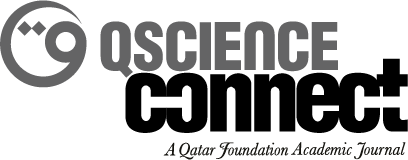-
oa Doping in sports and current regulations
- Source: QScience Connect, Volume 2022, Issue Issue 2- Thesis, أكتوبر ٢٠٢٢, 1
-
- ٢٦ سبتمبر ٢٠٢٠
- ٢٧ سبتمبر ٢٠٢١
- ٣٠ أبريل ٢٠٢٢
- السابق المقالة
- جدول المحتويات
- التالي المقالة
ملخص
Over the years, numerous agencies were created to build and protect integrity in sports by reviewing the suitability of the existing laws in promoting community confidence in athletics. Doping is defined as the illegal consumption of certain substances in order to enhance athlete's performance and it has recently become a matter of concern. Anti-doping agencies were established to create regulations so players can participate in a doping-free sporting environment. Anti-Doping rules emphasize on the rationale to preserve what is intrinsically valuable about sport. This intrinsic value is often referred to as “the spirit of sport” and is concerned with ethics, fair play and honesty, health, excellence in performance, character and education, respect of rules and laws among other aspects. Hence, the key objective of this critical review is to reiterate on the importance of the criminalization of doping. It highlights the important gaps where immediate interference should take place with focus on the role of medical practitioners, pharmacies and sport science. Such a move is essential, as it will increase the avenue for handling doping cases using additional resources such as the legal framework of a country. Previously published articles were reviewed and the main findings indicate that several factors contribute to the increase in number of doping incidents such as the availability of steroids, facilitated drug trafficking, the involvement of multinational pharmaceutical organizations and other political interests. Moreover, in order to fight this phenomenon, local and international laws should penalize athletes who are engaged in doping at various levels. This criminal offense charges should implement prison sentence as well as imposing significant fine amounts to be paid. The ultimate legal action for offenders should be long-term suspension from participating in sporting events.


